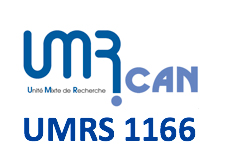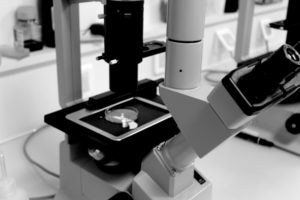Selected for phase 2
AROME, ANR 2023 call for projects,
A research project lead by Elise Balse, Estelle Gandjbakhch and Eric Villard (Teams 1 and 3)
Abstract
Cardiac arrhythmias are a major cause of sudden death, stroke, and heart failure. Recent developments in imaging, mapping, and ablation techniques have shown that the epicardial region of the heart is the source of several cardiac arrhythmias such as arrhythmogenic cardiomyopathy (ACM) and atrial fibrillation (AF). In addition to electrical alterations, fibrofatty infiltration of the myocardial layer appears to be a major pathophysiological mechanism of epicardial arrhythmias. A central mechanism underlying the disorganization of the myocardium and its replacement by adipose tissue is the alteration of the processes that couple myocytes to each other and anchor them to the extracellular matrix. Our preliminary data show that invalidation of CASK, a scaffolding protein, globally disorganizes adhesion complexes, both cell-matrix (costamere) and cell-cell (connexome) contacts in murine cell and animal models. As CASK expression is drastically reduced in ACM and AF but highly expressed in epicardial-derived progenitor cells (EDPC), our project is to study whether CASK is involved both in the maintenance of a well-organized and differentiated subepicardial myocardium and in the replacement of myocardium by fibro-fatty infiltrates from EDPC.
Our main objectives are to:
1/ Investigate the regulation of anchoring and coupling protein complexes in AF and ACM;
2/ Characterize the role of CASK in connexome in cardiomyocytes derived from IPS as a genetically-driven ACM model;
3/ Characterize the role of CASK in atrial/ventricular human and rodent EDPC differentiation and maturation.
Overall, this project will provide new information on the biology of AF and ACM, which share common histological features, and potentially establish CASK as a shared molecular link between the two diseases, allowing for therapy based on CASK overexpression or modulation of CASK-regulated targets.


